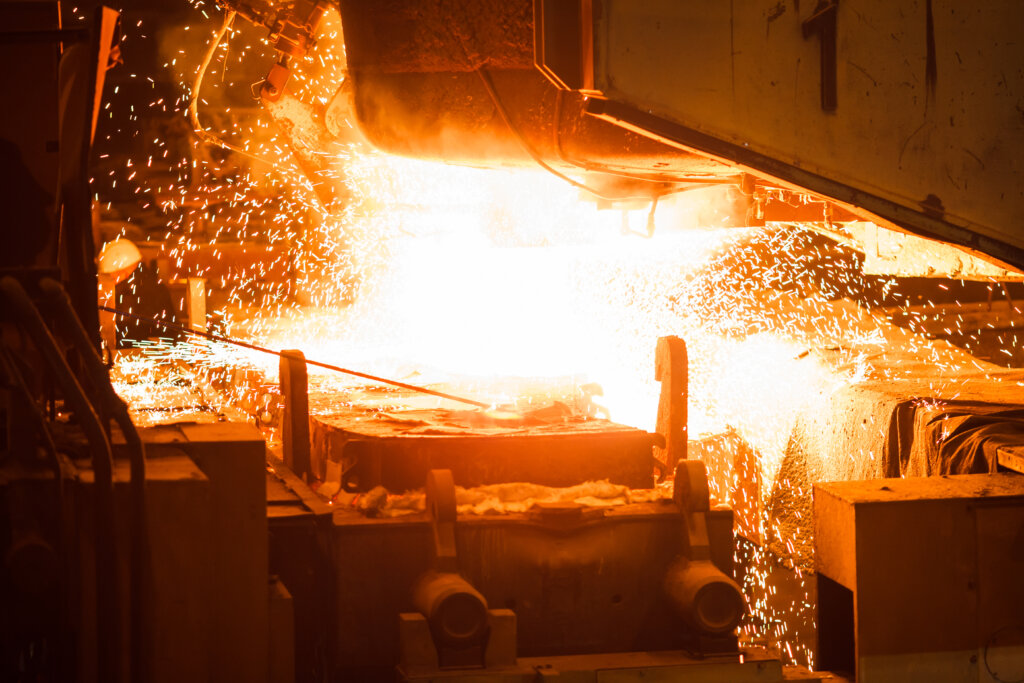Here we are, just over a year past the tariffs being implemented, and much has changed during this time with positive and negative, seen and unforeseen consequences to the raw material producers, manufacturers, and consumers. One definite positive on the surface is the significant investment both current and planned in the US steel and aluminum producing plants by many of the major companies. We are improving output, quality, and capacity. This was long overdue and will result in a stronger and more secure raw material manufacturing base over time.
Over the last few weeks, we have seen a significant and sudden drop in pricing across steel and aluminum prices. Experts such as John Packard at the SMU and Timna Tanners at Bank of America can do a much better job than I am talking about the economic inputs and internal market-based drivers that are impacting pricing. I, however, believe we have a much bigger fundamental and structural problem that is driving down prices now and if not addressed, will limit ongoing health of these critical industries.
You are all experiencing this issue firsthand today at home and work: where has all the labor gone? Whether is finding a contractor to do a project or repair at your home or filling an open position on the factory floor. Finding semi-skilled or skilled labor is getting increasingly difficult. I have had the same conversation with several metal building companies, “We have a great backlog but cannot find the labor to build the buildings.”
The problem we have with the increase in production capacity is we see no increase in consumption capacity and some cases a decrease. This is despite a pretty strong economy and positive consumer confidence levels. We are basically at full employment, and employees have a better choice than ever to pick and choose the jobs they want.
I think the good news is that we can do something about this. This is where the government, both federal and local, can intervene and make a difference. Investment in apprentices and skills training for workers, skills-based immigration systems, significant investments in infrastructure projects, urban transportation, social housing, and renewable energy; all large steel and aluminum usage sectors.
Without more people working as sheet metal workers, pole barn builders, HVAC installers, steel stud erectors, wind turbine manufacturers where will the increased capacity go? I believe the underlying demand is there but only when the labor bottleneck is addressed will we see a significant change in end-use consumption demand.



